 One of the first steps in the adoption process is filling out a Medical Needs Checklist, which is a daunting task. Typically, when adoptive families are considering whether they would be able to parent a child with particular needs from such a list, hemophilia jumps out as one of the scarier needs. That make sense. Hemophilia is pretty rare – only about 1 in every 5000 boys are born with this need. That means most of us have gone our entire lives without meeting someone with this condition. Because of that, most of us likely have very little information about this need, or we might even have some misinformation. Before I adopted my son, all the knowledge I had about hemophilia came from my high school world history class in which I learned that hemophilia was “the royal disease” that made people bleed a lot. That was it. Like many people, I assumed that hemophilia meant that a child might “bleed out” from a simple cut or scrape. Thankfully, I was wrong! That couldn’t be further from the truth. I have learned much since my first exposure in high school world history class, because my son has hemophilia. I have the privilege of watching him grow, learn, and joyfully engage with life. He is a typical boy who just happens to have a bleeding disorder. Hemophilia is very manageable, and it’s just a small part of our lives.
One of the first steps in the adoption process is filling out a Medical Needs Checklist, which is a daunting task. Typically, when adoptive families are considering whether they would be able to parent a child with particular needs from such a list, hemophilia jumps out as one of the scarier needs. That make sense. Hemophilia is pretty rare – only about 1 in every 5000 boys are born with this need. That means most of us have gone our entire lives without meeting someone with this condition. Because of that, most of us likely have very little information about this need, or we might even have some misinformation. Before I adopted my son, all the knowledge I had about hemophilia came from my high school world history class in which I learned that hemophilia was “the royal disease” that made people bleed a lot. That was it. Like many people, I assumed that hemophilia meant that a child might “bleed out” from a simple cut or scrape. Thankfully, I was wrong! That couldn’t be further from the truth. I have learned much since my first exposure in high school world history class, because my son has hemophilia. I have the privilege of watching him grow, learn, and joyfully engage with life. He is a typical boy who just happens to have a bleeding disorder. Hemophilia is very manageable, and it’s just a small part of our lives.
 So, what is hemophilia, then? Children and adults with hemophilia are missing a protein in their blood that helps the blood to clot. These proteins are called clotting factors. To understand how to care for a child with hemophilia, it helps to know a little about the clotting process. A good analogy for the clotting process is a set of dominoes. Remember how you used to line dominoes up and then tip the first one over to watch them all fall in succession? The clotting process works the same way: there are 13 proteins, called clotting factors, that all work together, in succession, to build a stable clot. But, if one of those proteins (or dominoes) is missing, the clotting process stops prematurely. The most common type of hemophilia, Hemophilia A, occurs when a person is missing Factor VIII (factor 8). This is the kind of hemophilia my son has. Children with hemophilia bleed longer than others, not faster, and they bruise more easily than you and I do. Cuts and scrapes are treated much the same way as for a person with typical clotting. The biggest risks in hemophilia are bleeding internally, such as into joints, muscles, or soft tissues. But, the good news is that hemophilia is very treatable, and these children live happy, healthy, long, joyful lives.
So, what is hemophilia, then? Children and adults with hemophilia are missing a protein in their blood that helps the blood to clot. These proteins are called clotting factors. To understand how to care for a child with hemophilia, it helps to know a little about the clotting process. A good analogy for the clotting process is a set of dominoes. Remember how you used to line dominoes up and then tip the first one over to watch them all fall in succession? The clotting process works the same way: there are 13 proteins, called clotting factors, that all work together, in succession, to build a stable clot. But, if one of those proteins (or dominoes) is missing, the clotting process stops prematurely. The most common type of hemophilia, Hemophilia A, occurs when a person is missing Factor VIII (factor 8). This is the kind of hemophilia my son has. Children with hemophilia bleed longer than others, not faster, and they bruise more easily than you and I do. Cuts and scrapes are treated much the same way as for a person with typical clotting. The biggest risks in hemophilia are bleeding internally, such as into joints, muscles, or soft tissues. But, the good news is that hemophilia is very treatable, and these children live happy, healthy, long, joyful lives.
 Treatment of hemophilia involves replacing the child’s missing clotting factor. Usually, children receive intravenous (IV) infusions of their missing clotting factor two or three times per week. That may sound daunting, but it takes only a few minutes! We do my son’s infusions before breakfast (his choice) three times per week. Some children receive infusions peripherally (into a vein, like my son), and other children have a port into which their infusions can be given. When my son first came home, we had a wonderful home health nurse who came to do his infusions. After he was home for a couple of years, our Hemophilia Treatment Center trained me to do them myself so that we could treat on our own while traveling or when our nurse wasn’t available. I can’t say enough good things about the supportive care my son receives from the Hemophilia Treatment Center (HTC). They patiently answered my umpteen questions before my son came home, and the whole treatment team (a hemophilia nurse, pediatric hematologist, social worker, physical therapist, and education specialist) continue to be tremendously supportive as he grows. You can check the HTC Directory here to see if there is one near you.
Treatment of hemophilia involves replacing the child’s missing clotting factor. Usually, children receive intravenous (IV) infusions of their missing clotting factor two or three times per week. That may sound daunting, but it takes only a few minutes! We do my son’s infusions before breakfast (his choice) three times per week. Some children receive infusions peripherally (into a vein, like my son), and other children have a port into which their infusions can be given. When my son first came home, we had a wonderful home health nurse who came to do his infusions. After he was home for a couple of years, our Hemophilia Treatment Center trained me to do them myself so that we could treat on our own while traveling or when our nurse wasn’t available. I can’t say enough good things about the supportive care my son receives from the Hemophilia Treatment Center (HTC). They patiently answered my umpteen questions before my son came home, and the whole treatment team (a hemophilia nurse, pediatric hematologist, social worker, physical therapist, and education specialist) continue to be tremendously supportive as he grows. You can check the HTC Directory here to see if there is one near you.
You might be wondering what everyday life looks like for a child with hemophilia. Today, my son went to public school where one of his favorite activities is running on the playground. When he came home, he did several somersaults on the couch (much to my chagrin), and we played basketball outside on our driveway. He runs, jumps, falls, and gets back up again. In other words, he does all the things any other child does. The only activities I (and the HTC) restrict are contact sports like football and hockey. Heading a ball in soccer would be risky, too. (These activities would also be risky for a child without hemophilia!) He knows a lot about his condition, and he is even learning to do his own infusions. We spend just a few minutes per week on infusions, and those don’t happen every day. Otherwise, life looks like what you’d imagine with any child.
If you are thinking about whether to check “hemophilia” on your Medical Needs Checklist, know that it’s a very manageable need. You can read other family stories on the No Hands But Ours site. There is a wonderful, supportive group of families that would be happy to answer questions: just join the Hemophilia Adoption Advocacy Facebook Group. Reach out to your state’s chapter of the National Hemophilia Foundation. You will find that the bleeding disorders community is close knit and incredibly supportive. Finally, reach out to your nearest Hemophilia Treatment Center (HTC) and ask questions! I was fortunate that my HTC even reviewed my son’s file before he came home. They answered every question I had, and I have since discovered that they were right: hemophilia is a manageable need. If I can do this, I’m sure you can, too!
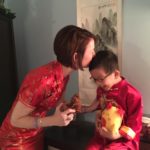
Kelly Cartwright is lead Mentor Mom for Hemophilia with No Hands But Ours, former member of the Board of Directors for the Virginia Hemophilia Foundation, and mom to an amazing boy with hemophilia and an equally amazing daughter. In her day job, Kelly is a professor of psychology and neuroscience, specializing in literacy and human development.
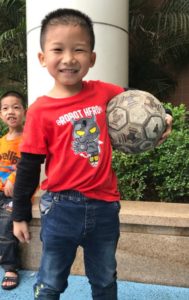
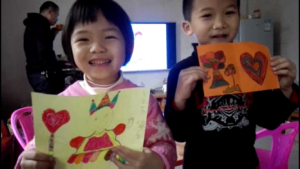

ADVOCATING
A few months away from 7 years old, “Ari” likes riding a bike, living life in tandem with his foster sister, and playing with toy cars. He currently attends kindergarten with his foster sister. Sadly, his birth family likely found themselves unable to care for his medical needs given that he has hemophilia. He needs a family committed to honoring his relationship with his foster sister who is also waiting to be adopted. He’s currently available through Madison, a good agency which is offering a $500 grant to the family who wants to make him their son. Contact info@sparrow-fund.org to learn more about where he is and our experience with him, and contact Sarah at Madison to learn more about him and what the process would look like.
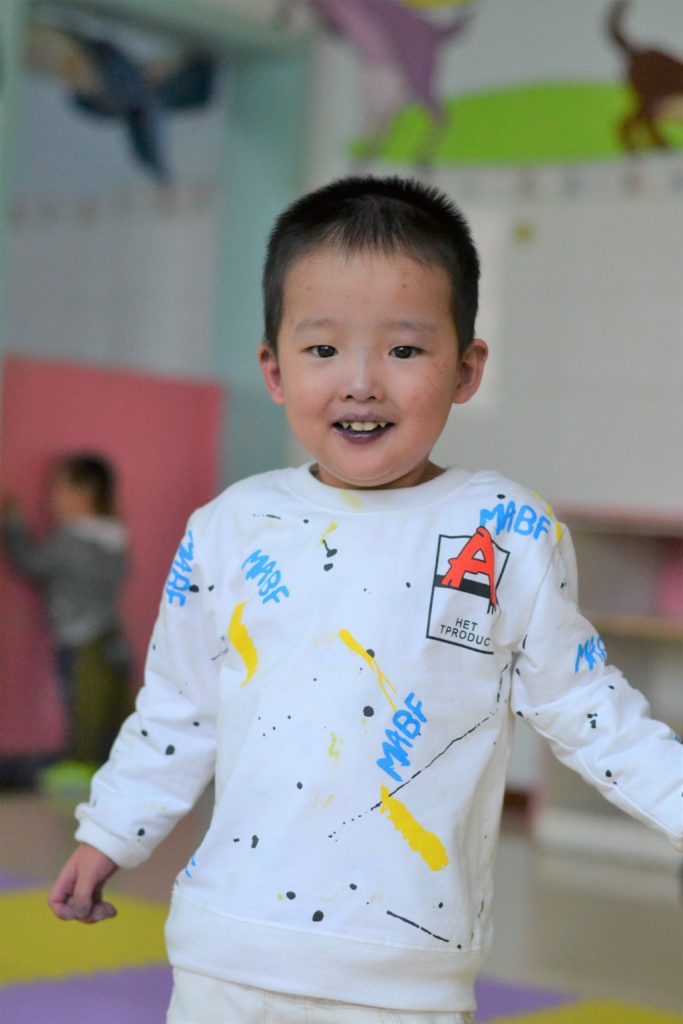
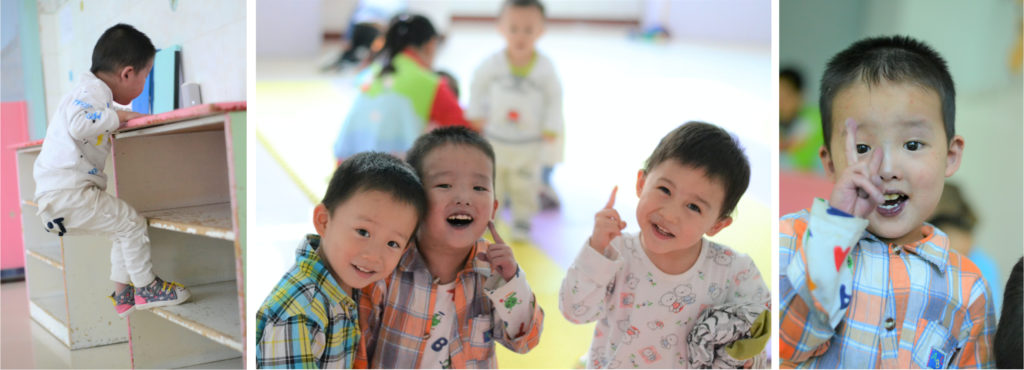
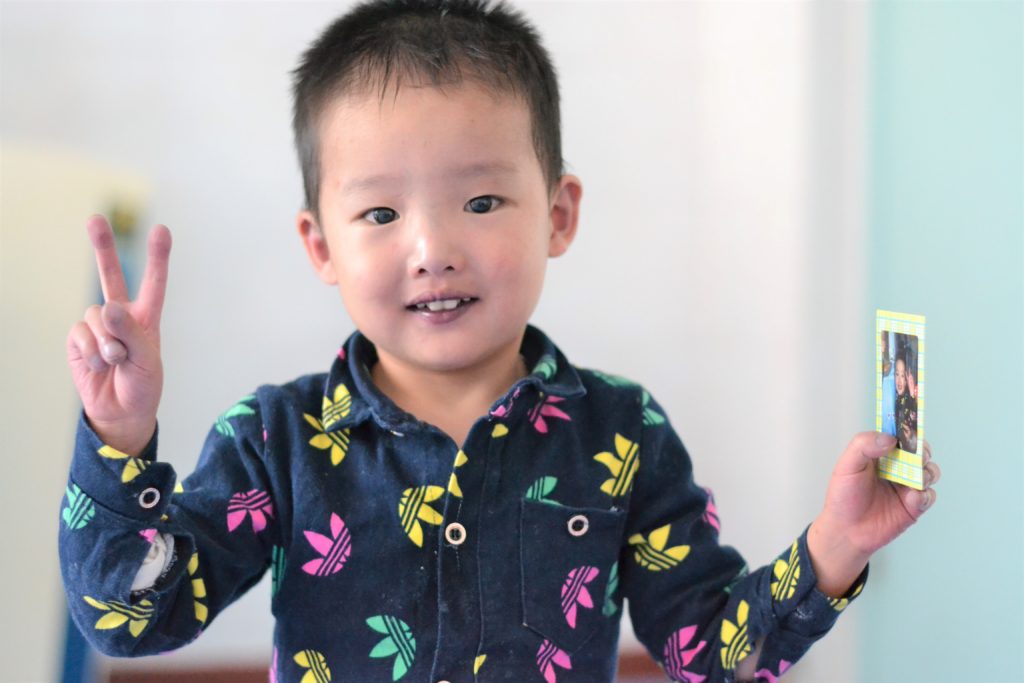

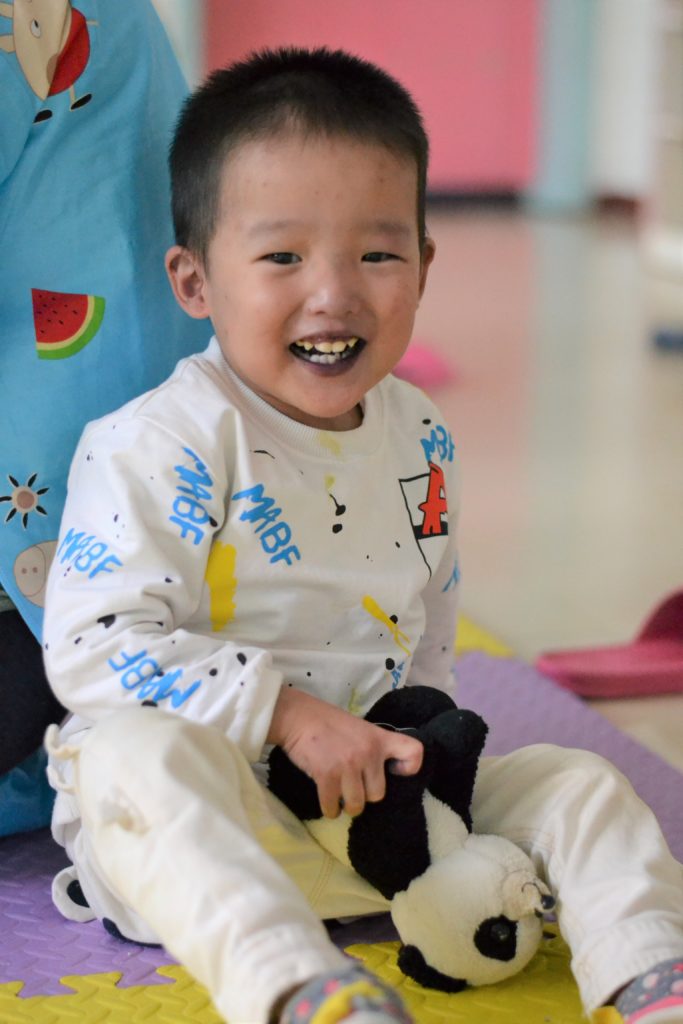





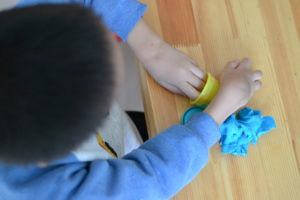
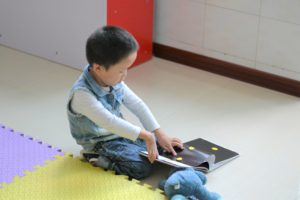
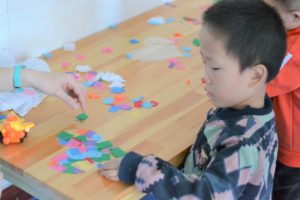


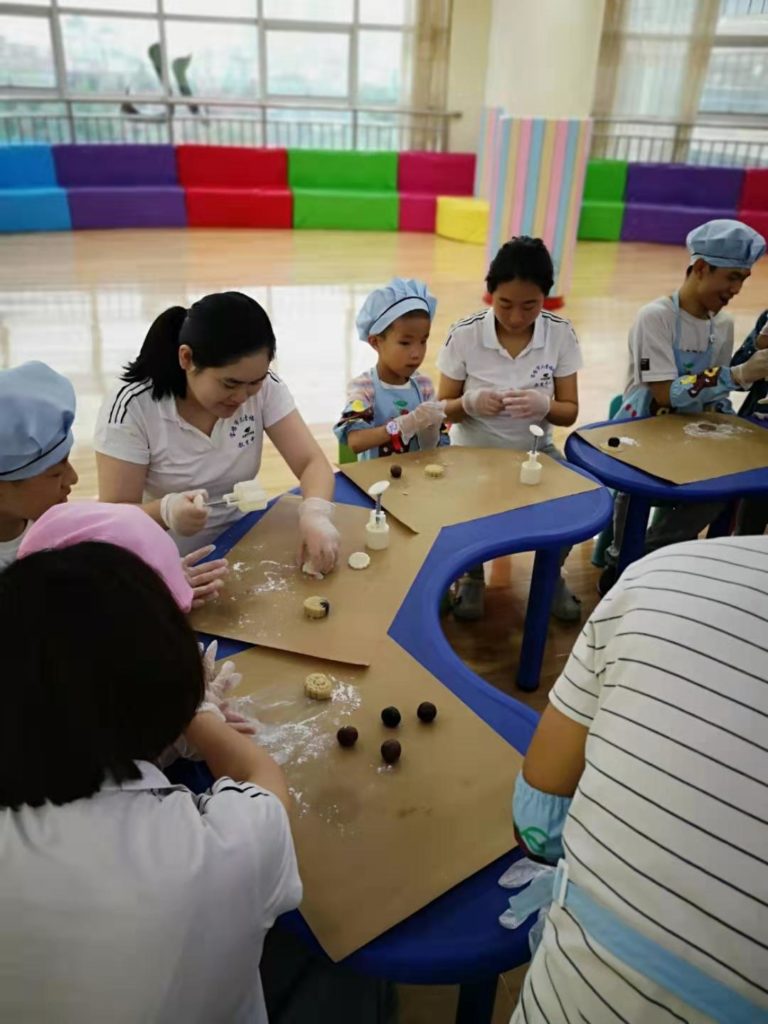
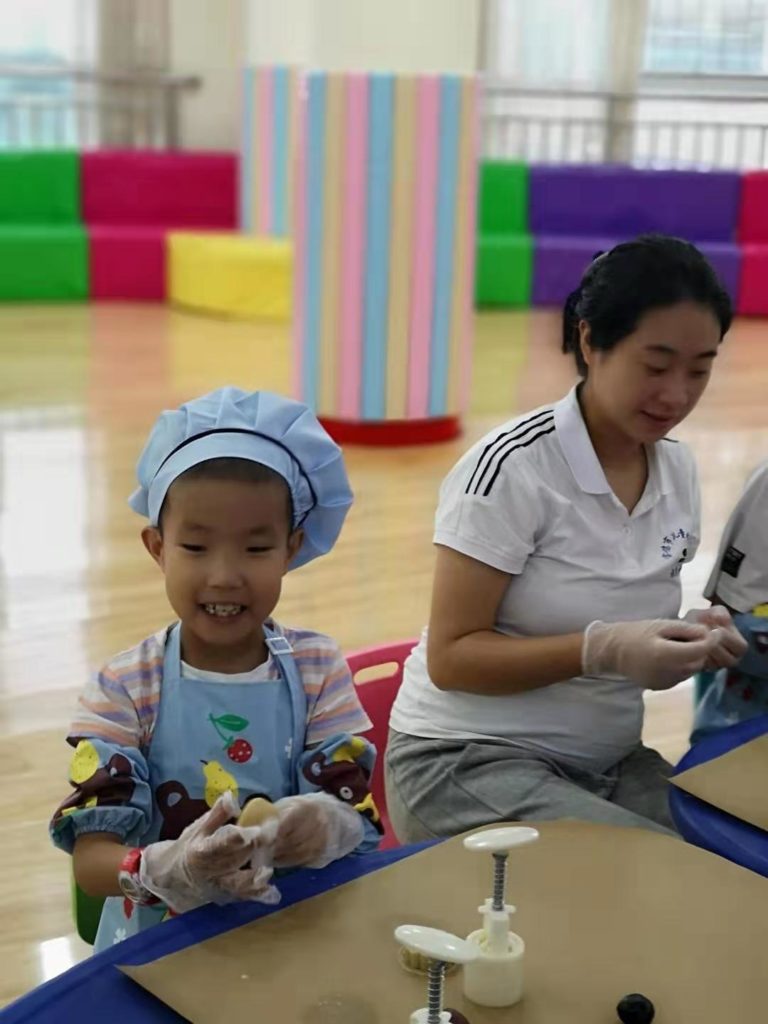
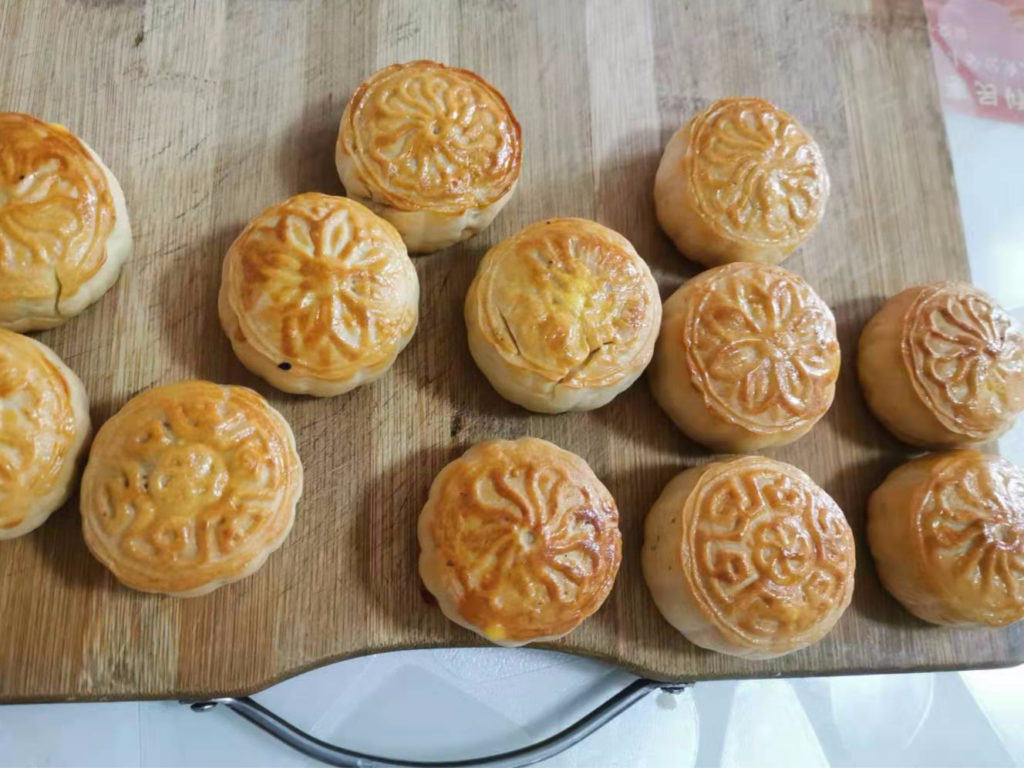
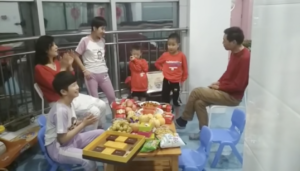
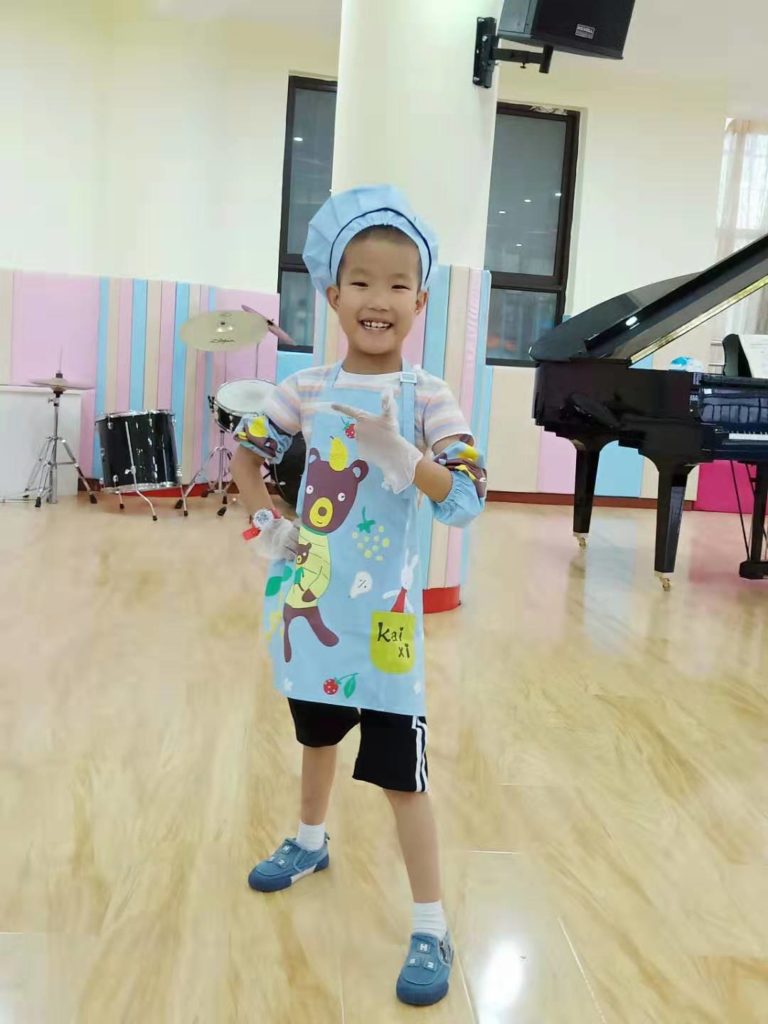
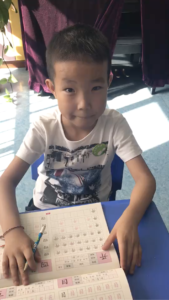 Interested in learning more about this little 10-year-old chef? He is a waiting child with congenital heart disease who is currently available for adoption through Madison, a good agency which is offering a $1,000 agency grant to the family who wants to make him their son. Contact
Interested in learning more about this little 10-year-old chef? He is a waiting child with congenital heart disease who is currently available for adoption through Madison, a good agency which is offering a $1,000 agency grant to the family who wants to make him their son. Contact 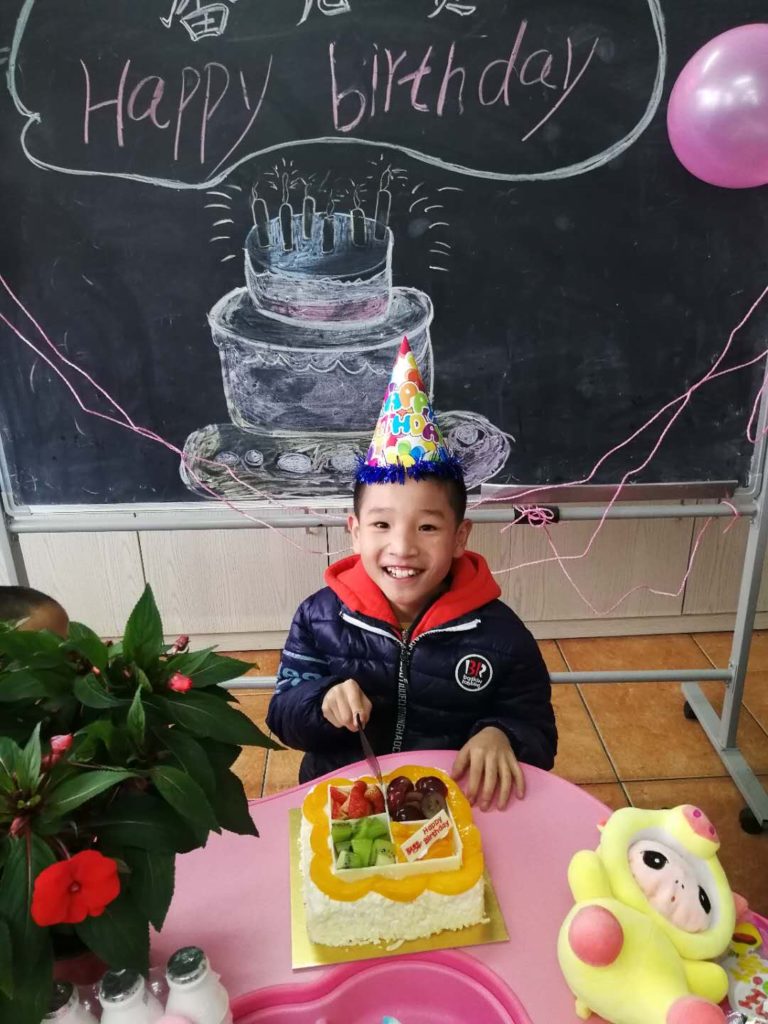
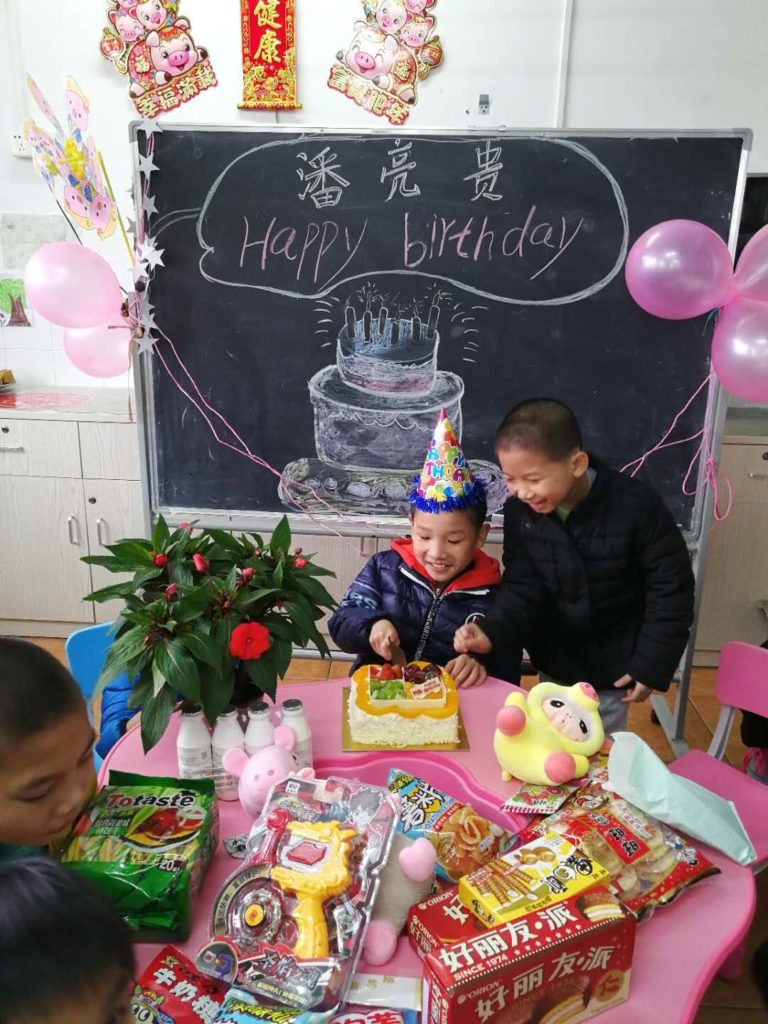
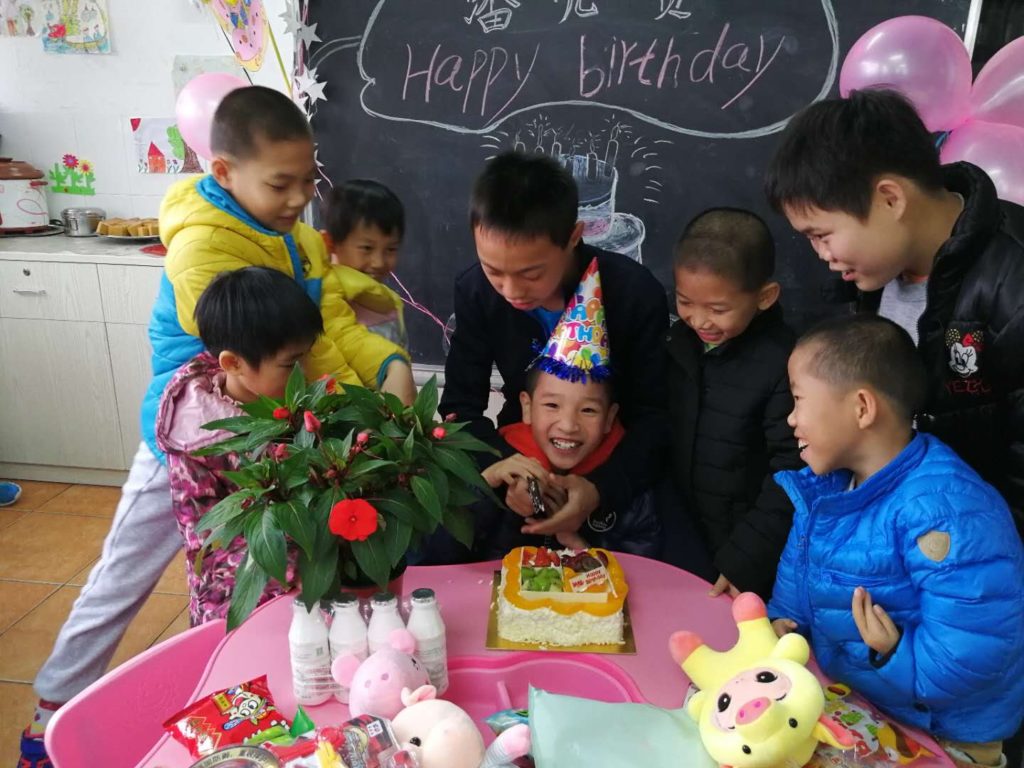

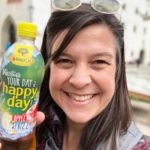 Kelly Raudenbush founded The Sparrow Fund along with her husband Mark in 2011 and launched
Kelly Raudenbush founded The Sparrow Fund along with her husband Mark in 2011 and launched 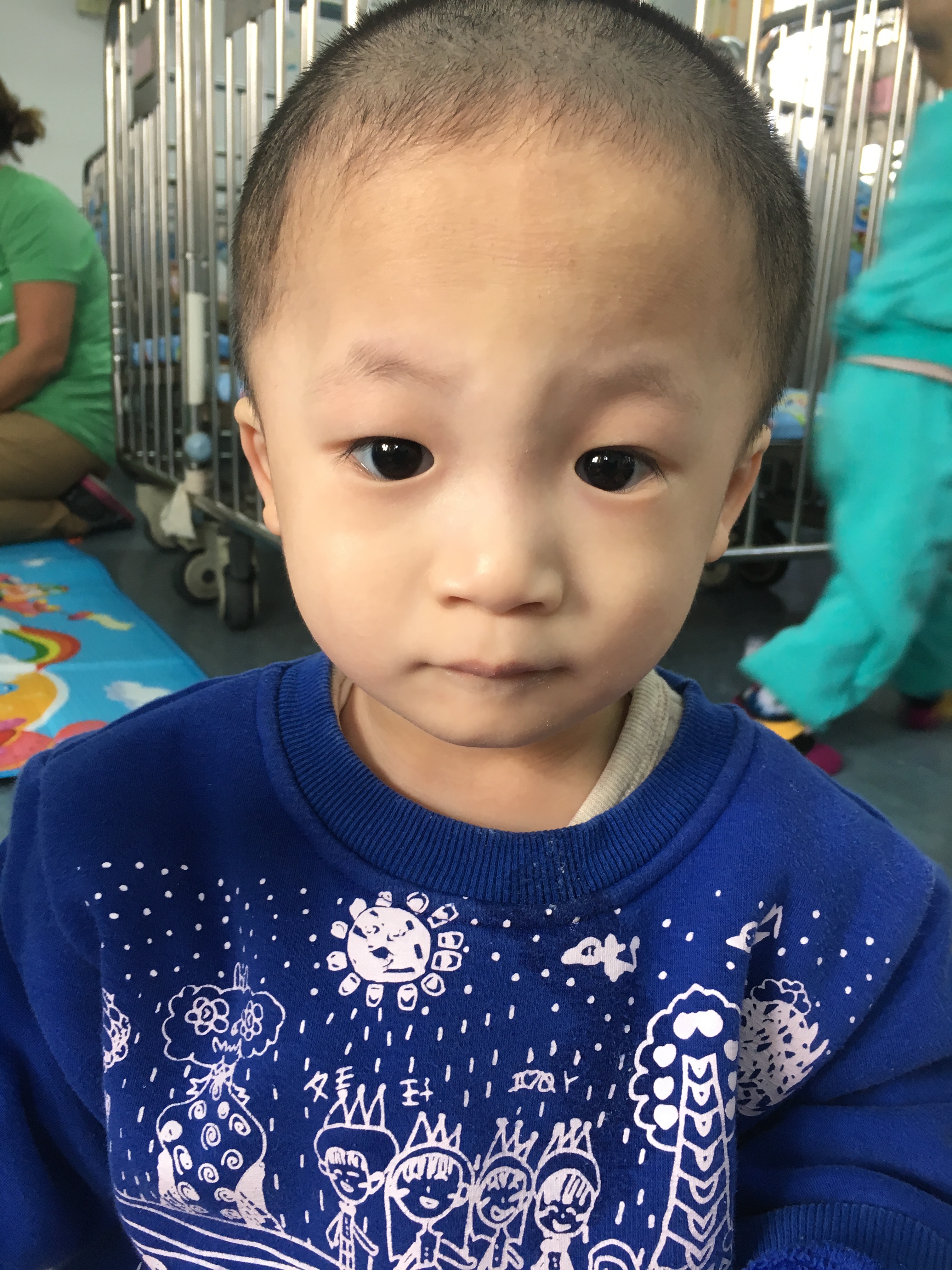
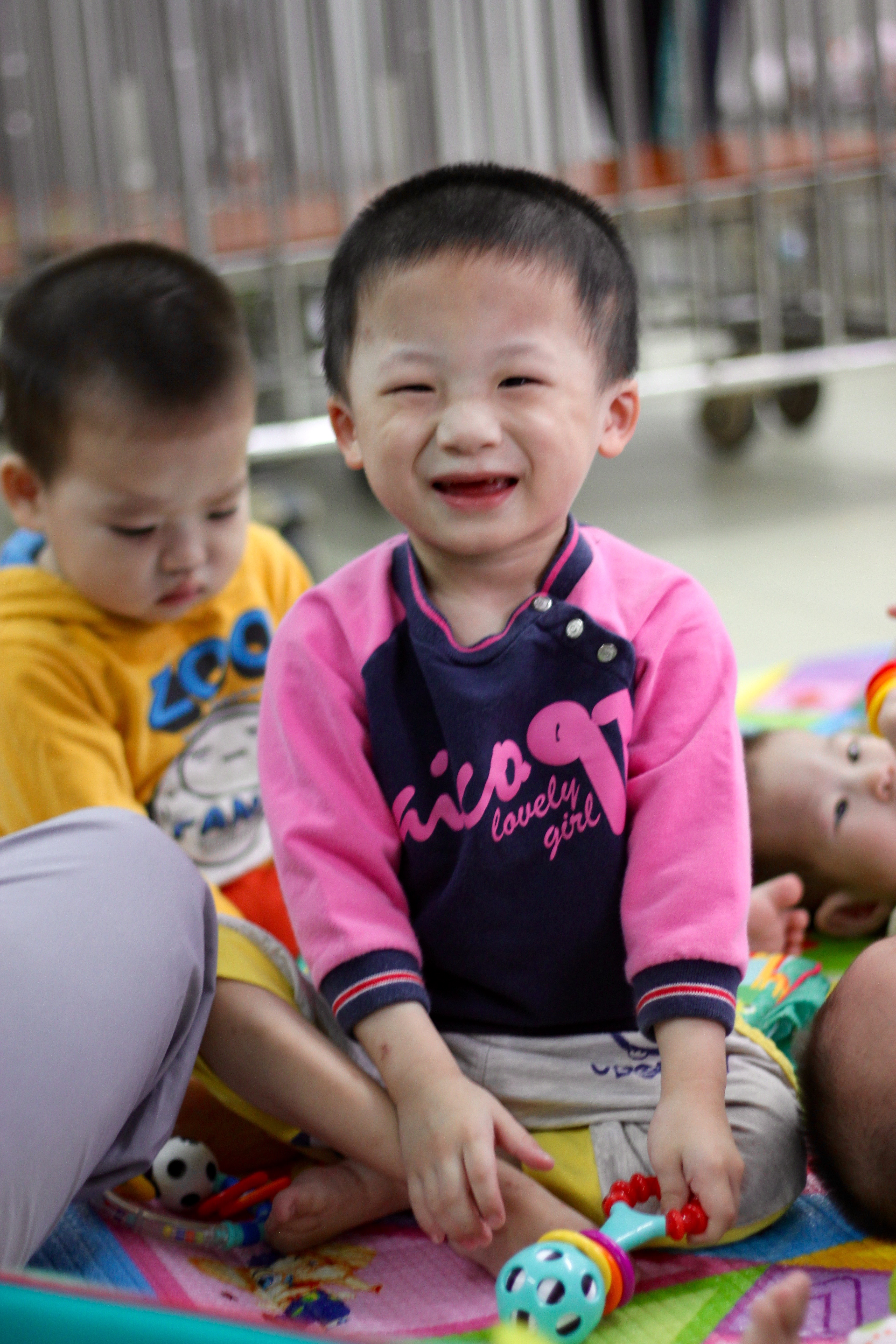

 One of the first steps in the adoption process is filling out a Medical Needs Checklist, which is a daunting task. Typically, when adoptive families are considering whether they would be able to parent a child with particular needs from such a list, hemophilia jumps out as one of the scarier needs. That make sense. Hemophilia is pretty rare –
One of the first steps in the adoption process is filling out a Medical Needs Checklist, which is a daunting task. Typically, when adoptive families are considering whether they would be able to parent a child with particular needs from such a list, hemophilia jumps out as one of the scarier needs. That make sense. Hemophilia is pretty rare –  So, what is hemophilia, then? Children and adults with hemophilia are missing a protein in their blood that helps the blood to clot. These proteins are called clotting factors. To understand how to care for a child with hemophilia, it helps to know a little about the clotting process. A good analogy for the clotting process is a set of dominoes. Remember how you used to line dominoes up and then tip the first one over to watch them all fall in succession? The clotting process works the same way: there are 13 proteins, called clotting factors, that all work together, in succession, to build a stable clot. But, if one of those proteins (or dominoes) is missing, the clotting process stops prematurely. The most common type of hemophilia, Hemophilia A, occurs when a person is missing Factor VIII (factor 8). This is the kind of hemophilia my son has. Children with hemophilia bleed longer than others, not faster, and they bruise more easily than you and I do. Cuts and scrapes are treated much the same way as for a person with typical clotting. The biggest risks in hemophilia are bleeding internally, such as into joints, muscles, or soft tissues. But, the good news is that hemophilia is very treatable, and these children live happy, healthy, long, joyful lives.
So, what is hemophilia, then? Children and adults with hemophilia are missing a protein in their blood that helps the blood to clot. These proteins are called clotting factors. To understand how to care for a child with hemophilia, it helps to know a little about the clotting process. A good analogy for the clotting process is a set of dominoes. Remember how you used to line dominoes up and then tip the first one over to watch them all fall in succession? The clotting process works the same way: there are 13 proteins, called clotting factors, that all work together, in succession, to build a stable clot. But, if one of those proteins (or dominoes) is missing, the clotting process stops prematurely. The most common type of hemophilia, Hemophilia A, occurs when a person is missing Factor VIII (factor 8). This is the kind of hemophilia my son has. Children with hemophilia bleed longer than others, not faster, and they bruise more easily than you and I do. Cuts and scrapes are treated much the same way as for a person with typical clotting. The biggest risks in hemophilia are bleeding internally, such as into joints, muscles, or soft tissues. But, the good news is that hemophilia is very treatable, and these children live happy, healthy, long, joyful lives. Treatment of hemophilia involves replacing the child’s missing clotting factor. Usually, children receive intravenous (IV) infusions of their missing clotting factor two or three times per week. That may sound daunting, but it takes only a few minutes! We do my son’s infusions before breakfast (his choice) three times per week. Some children receive infusions peripherally (into a vein, like my son), and other children have a port into which their infusions can be given. When my son first came home, we had a wonderful home health nurse who came to do his infusions. After he was home for a couple of years, our Hemophilia Treatment Center trained me to do them myself so that we could treat on our own while traveling or when our nurse wasn’t available. I can’t say enough good things about the supportive care my son receives from the Hemophilia Treatment Center (HTC). They patiently answered my umpteen questions before my son came home, and the whole treatment team (a hemophilia nurse, pediatric hematologist, social worker, physical therapist, and education specialist) continue to be tremendously supportive as he grows. You can check the
Treatment of hemophilia involves replacing the child’s missing clotting factor. Usually, children receive intravenous (IV) infusions of their missing clotting factor two or three times per week. That may sound daunting, but it takes only a few minutes! We do my son’s infusions before breakfast (his choice) three times per week. Some children receive infusions peripherally (into a vein, like my son), and other children have a port into which their infusions can be given. When my son first came home, we had a wonderful home health nurse who came to do his infusions. After he was home for a couple of years, our Hemophilia Treatment Center trained me to do them myself so that we could treat on our own while traveling or when our nurse wasn’t available. I can’t say enough good things about the supportive care my son receives from the Hemophilia Treatment Center (HTC). They patiently answered my umpteen questions before my son came home, and the whole treatment team (a hemophilia nurse, pediatric hematologist, social worker, physical therapist, and education specialist) continue to be tremendously supportive as he grows. You can check the 




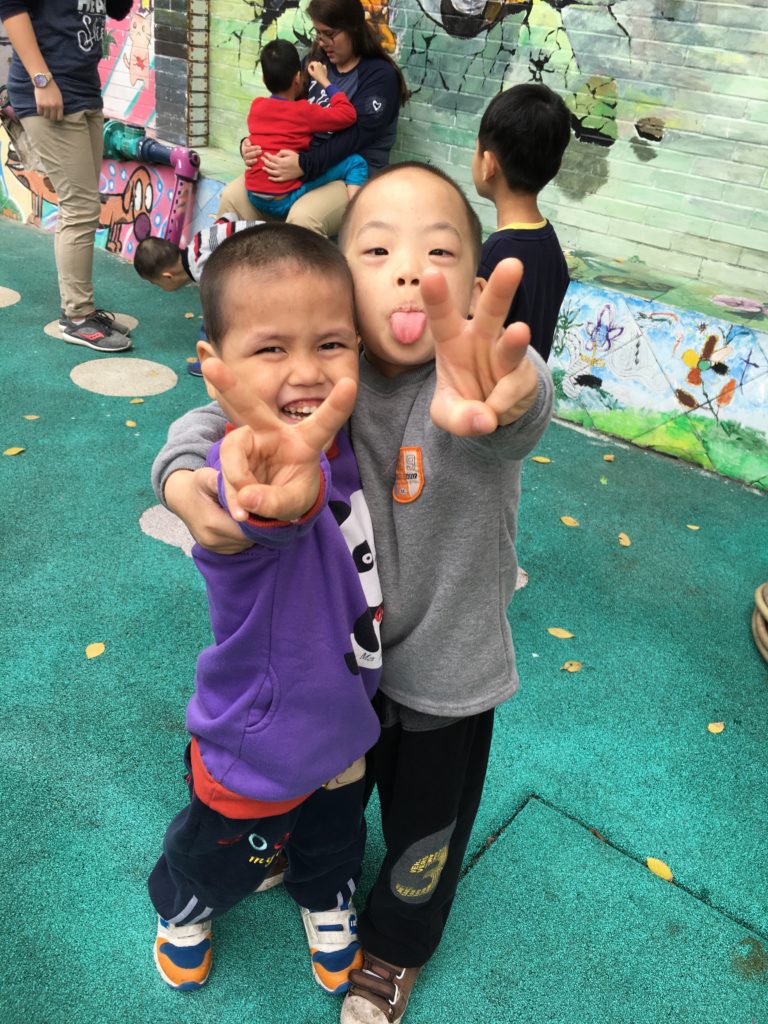

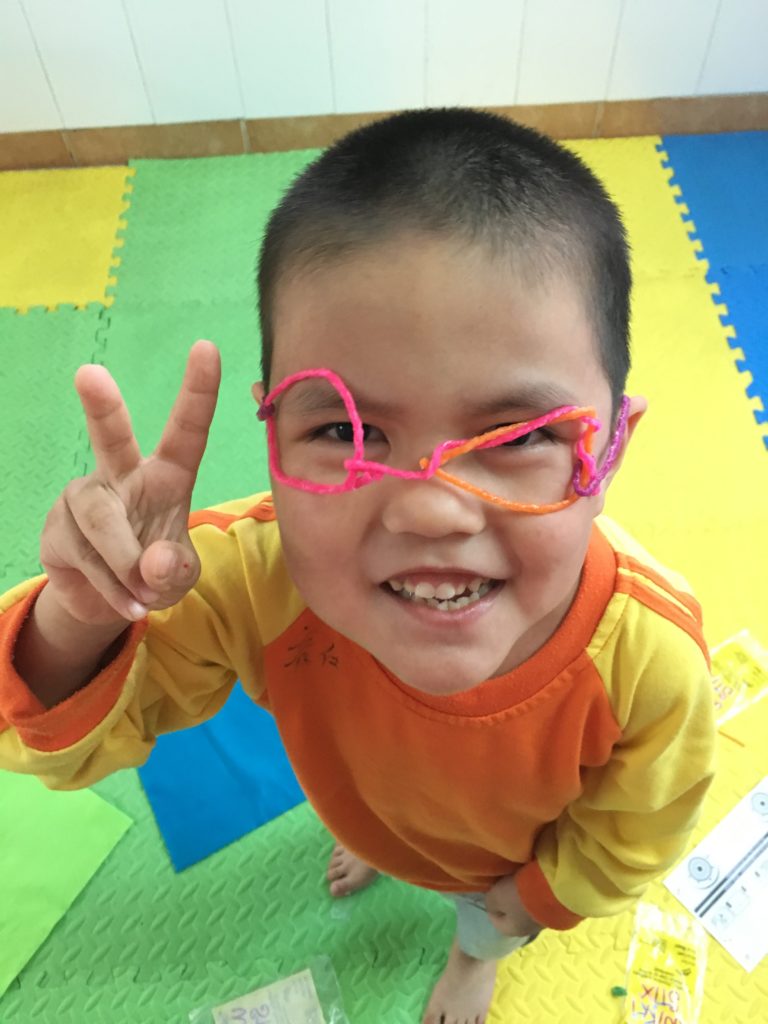
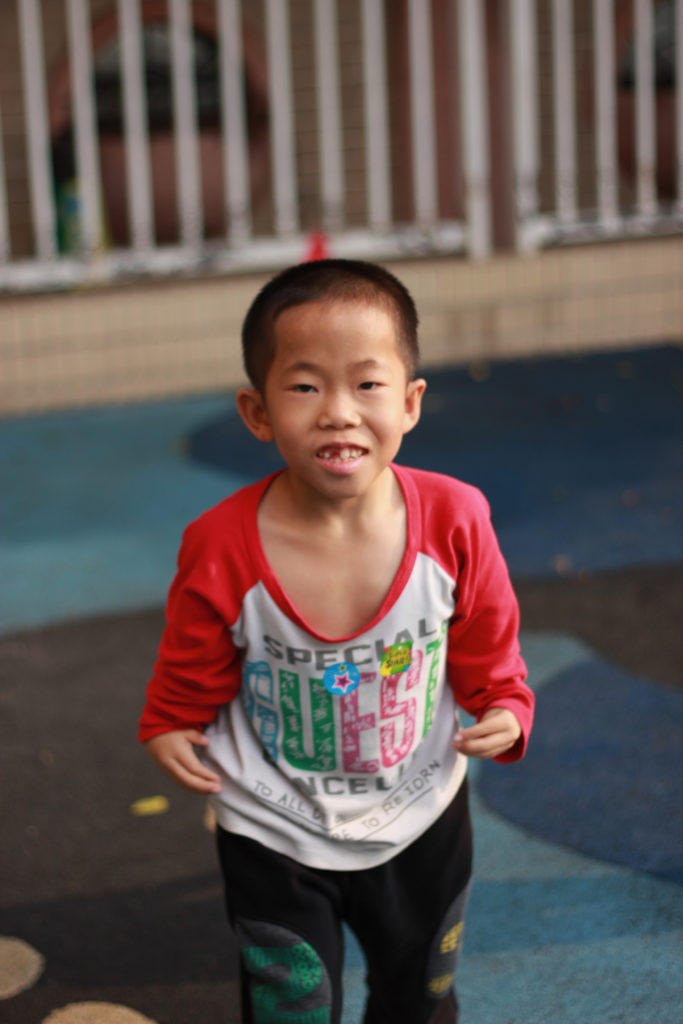
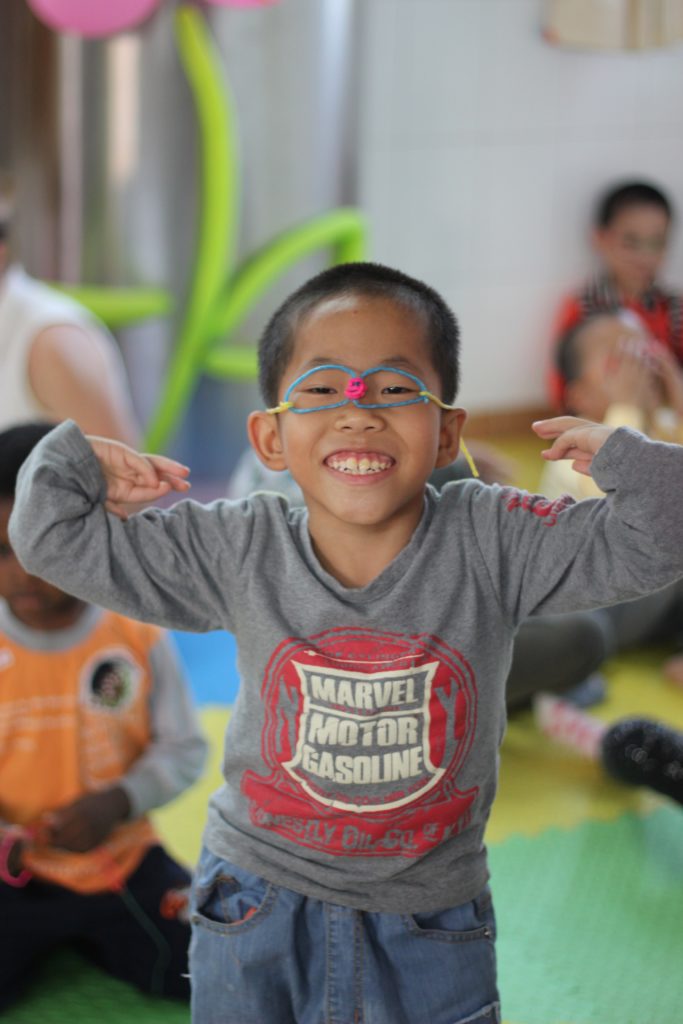
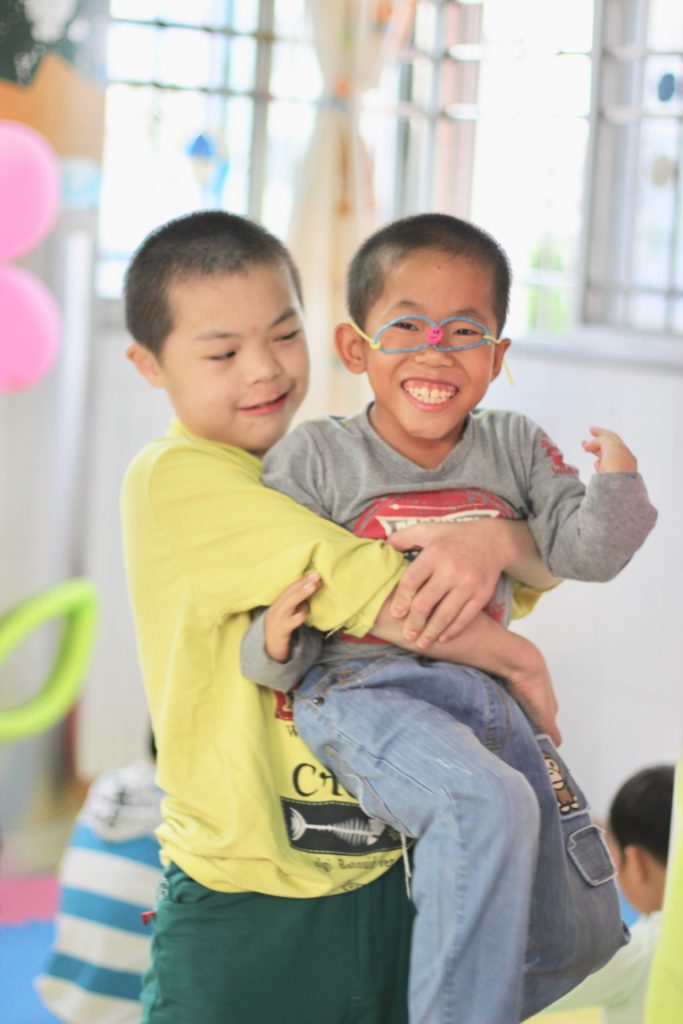
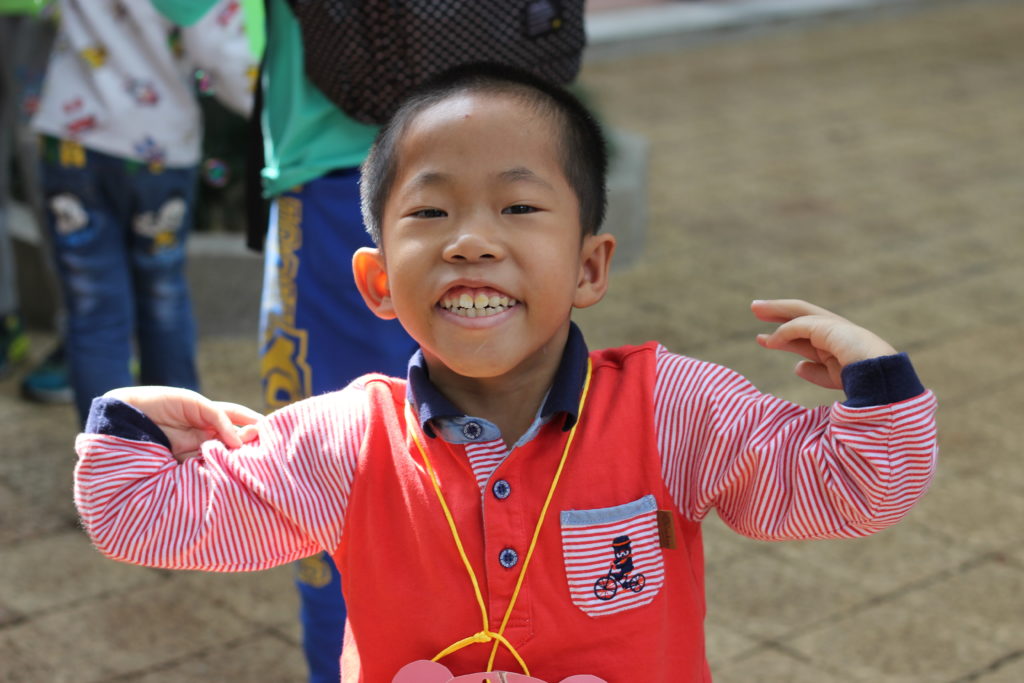

 Angi Augsburger was introduced to The Sparrow Fund when her own family received a grant for their adoption. She got further involved with The Sparrow Fund when she was matched with a little boy from one of the orphanages where The Sparrow Fund serves. A year after he was home, she traveled back to China, this time as a volunteer on one of The Sparrow Fund’s teams to serve at her son’s orphanage and then again not long after on a trip to another orphanage where she met “Miller.”
Angi Augsburger was introduced to The Sparrow Fund when her own family received a grant for their adoption. She got further involved with The Sparrow Fund when she was matched with a little boy from one of the orphanages where The Sparrow Fund serves. A year after he was home, she traveled back to China, this time as a volunteer on one of The Sparrow Fund’s teams to serve at her son’s orphanage and then again not long after on a trip to another orphanage where she met “Miller.”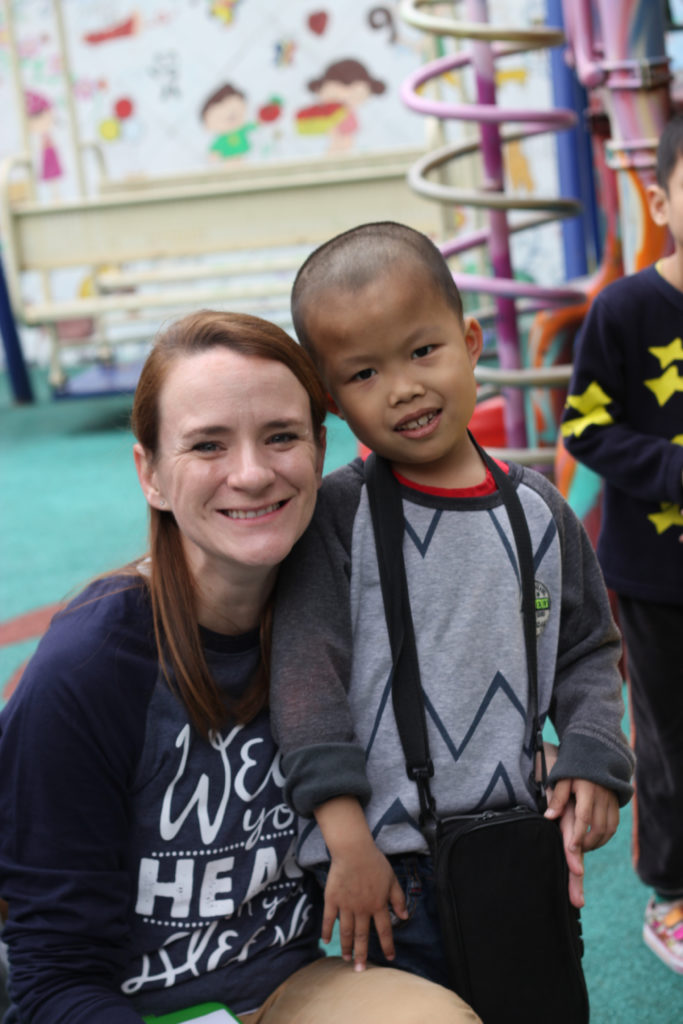


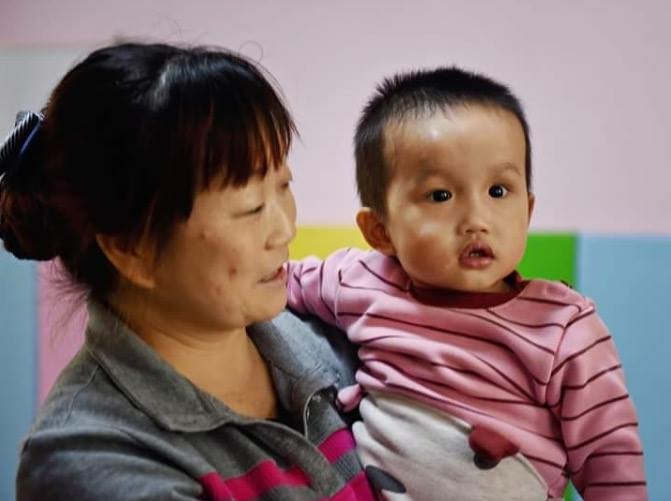
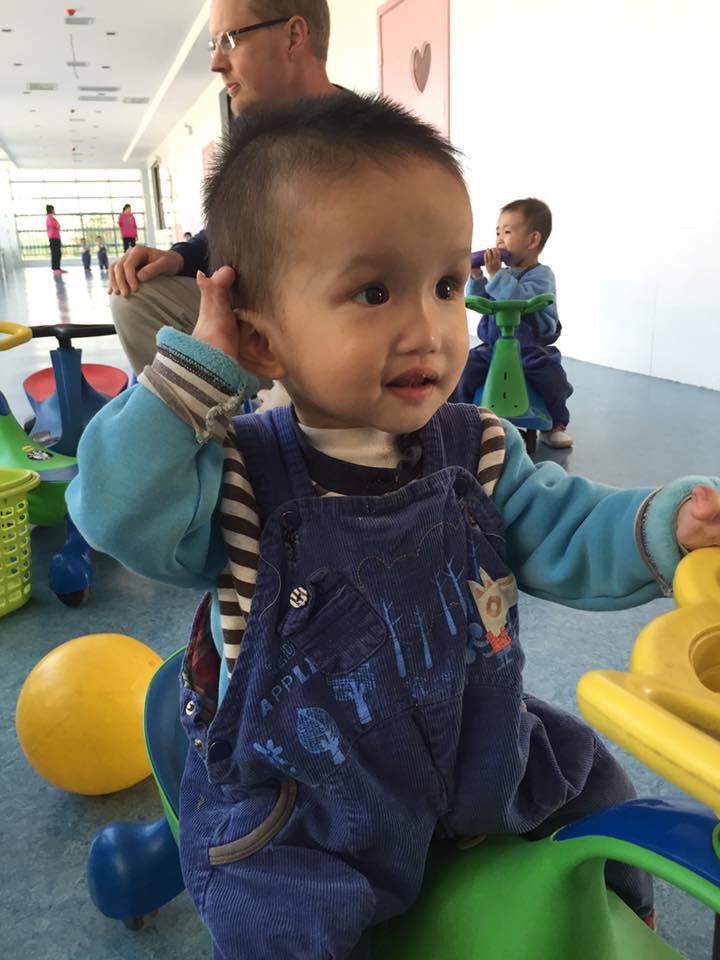
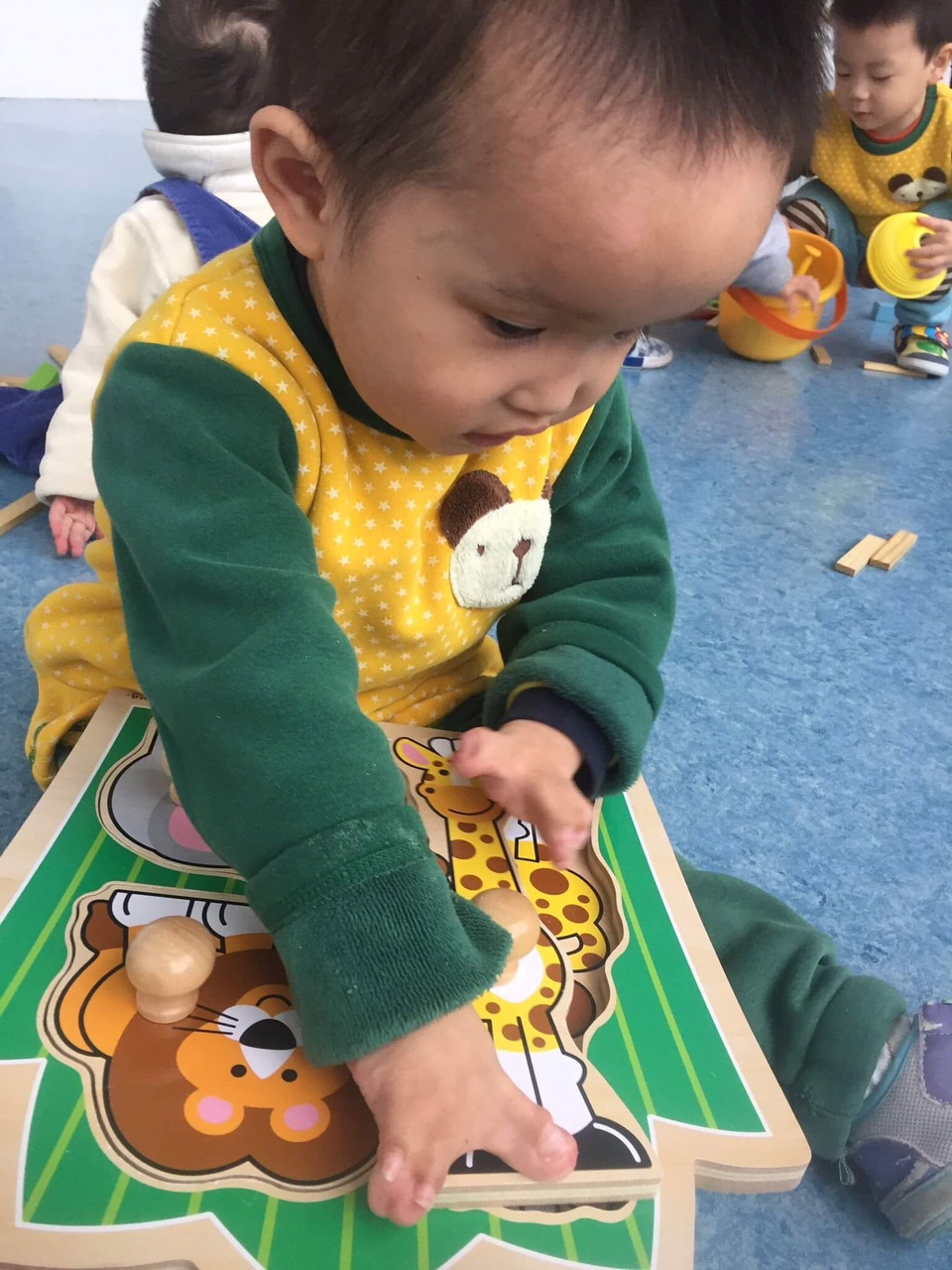
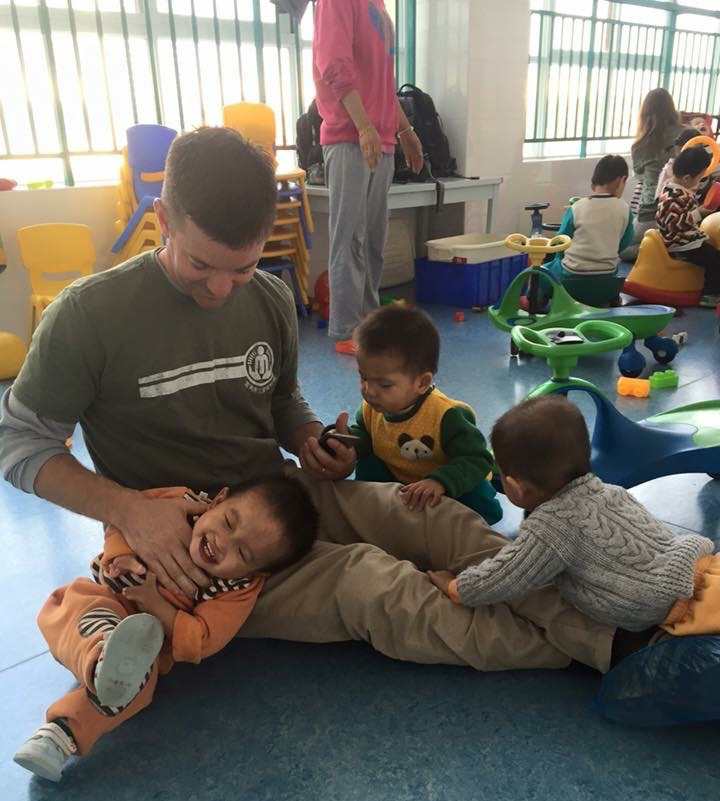
 Jennifer lives in Louisville, Kentucky with her husband John and their three children Maddox, Evangelyn, and Harper. She is a stay-at-home mom who volunteers with Love Without Boundaries. They believed their family was complete after the birth of Evangelyn, but the Lord had much bigger and better plans. After Jennifer traveled to China in 2014 to volunteer in orphanages, and she knew that they had a daughter in China. In May 2017, they brought their youngest daughter Harper home. Jennifer’s heart was broken for children without families and those without a voice; ever since, she has been advocating and sharing their adoption story.
Jennifer lives in Louisville, Kentucky with her husband John and their three children Maddox, Evangelyn, and Harper. She is a stay-at-home mom who volunteers with Love Without Boundaries. They believed their family was complete after the birth of Evangelyn, but the Lord had much bigger and better plans. After Jennifer traveled to China in 2014 to volunteer in orphanages, and she knew that they had a daughter in China. In May 2017, they brought their youngest daughter Harper home. Jennifer’s heart was broken for children without families and those without a voice; ever since, she has been advocating and sharing their adoption story.